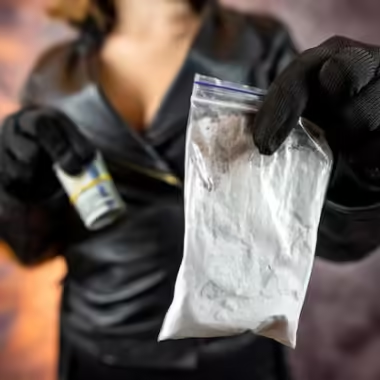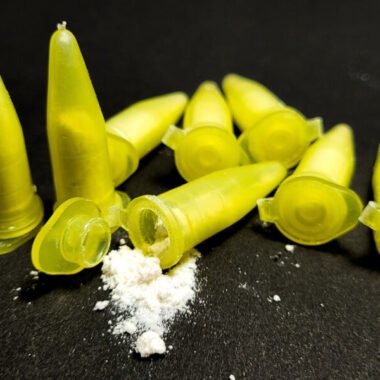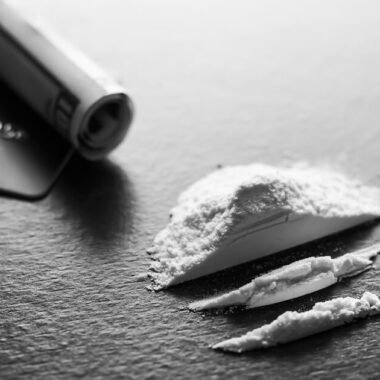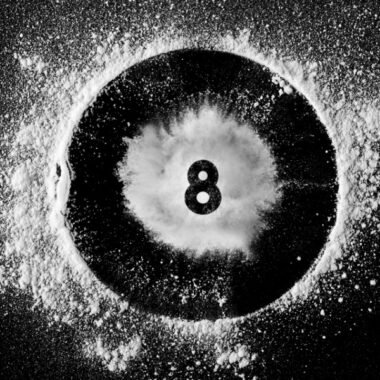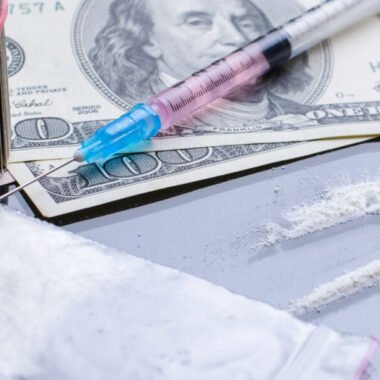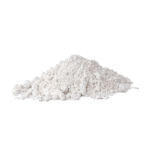Cocaine is derived from coca leaves which are chemically treated and processed to become the powdered white substance sold as cocaine. However, the cocaine purchased by end users on the street often contains a variety of other harmful substances that they may not be aware of, and as little as 20% pure cocaine. These additives can lead to allergic reactions and in some cases overdose.
We have broken down the cocaine production process to demonstrate what goes into cocaine and how harmful additives are added throughout.
Key takeaways:
- Cocaine is made by subjecting leaves of the coca plant to multiple complex stages of chemical processes to eventually produce pure cocaine and its derivatives (crack cocaine). Coca leaves are harvested, mixed with substances (e.g., nitric acid) and treaded to extract coca paste, and then coca paste is crystallized and purified to make cocaine.
- One coca leaf contains 1% of cocaine. A coca leaf picker will be paid per ‘arroba’, a measurement of approximately 11.5 kilos. It takes around 12 arrobas of coca leaves (138 kg) to make one kilo of coca paste.
- To maximize profit, dealers typically extend cocaine supply with cutting agents (e.g., baking soda, asbestos) or boost their product’s psychoactive effects with additional drugs (e.g., amphetamines, fentanyl).


